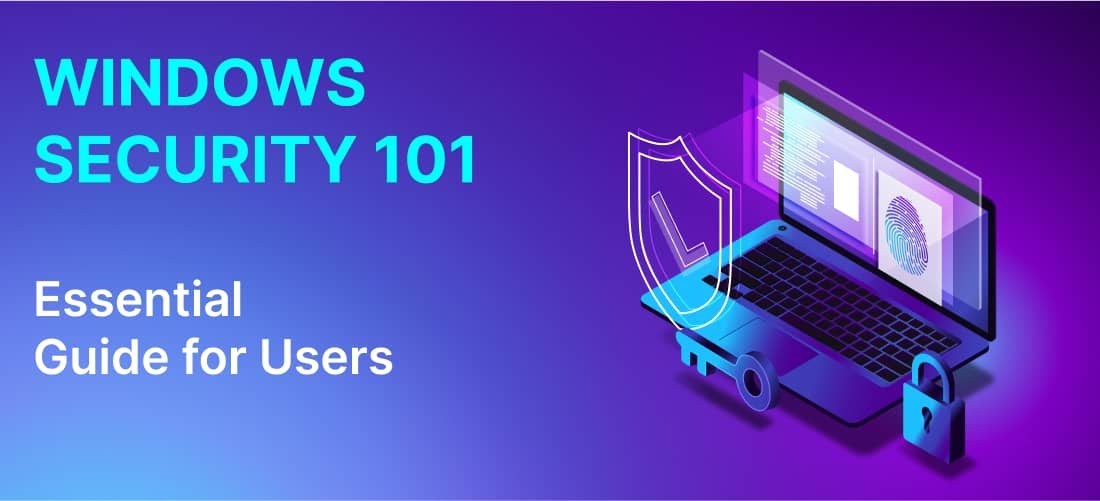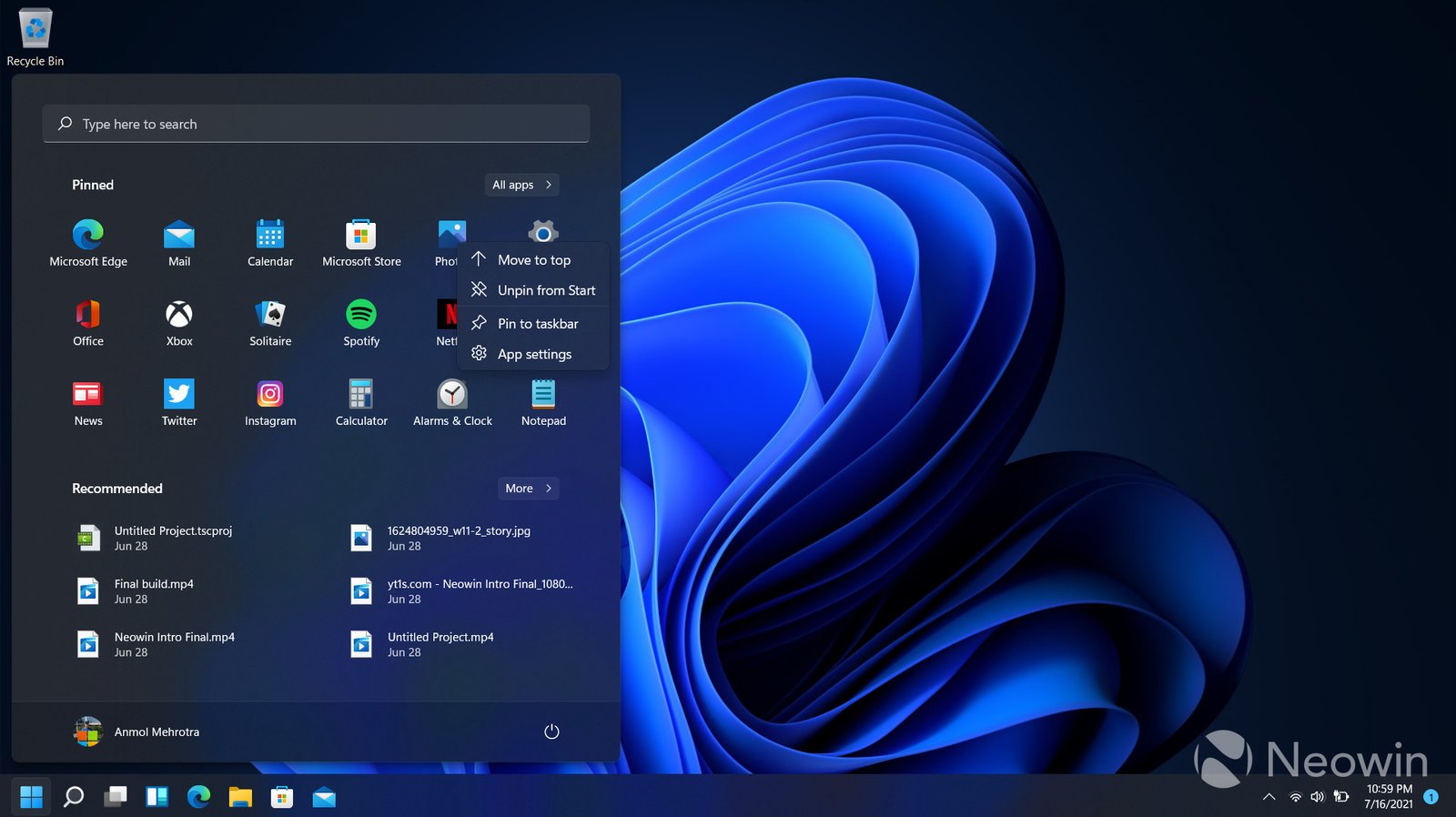In today’s digital landscape, securing your Windows system is more critical than ever. Windows offers a range of built-in security settings that can protect your data and privacy. This guide will walk you through essential Windows security settings to ensure your system remains safe and secure.
Windows Security Center
The Windows Security Center is your hub for managing all security features. Accessible via the Start Menu, this tool provides an overview of your system’s protection status. Here, you can monitor antivirus protection, firewall status, and device health. Regularly checking the Security Center ensures you’re aware of potential vulnerabilities.

Windows Defender Antivirus
Windows Defender Antivirus is the built-in antivirus solution that offers real-time protection against malware, viruses, and other threats. Ensure that Windows Defender is enabled and up to date. You can access it through the Security Center, where you can run quick or full scans to detect and remove threats.
Firewall & Network Protection
The Windows Firewall is a critical component of your system’s defense. It monitors incoming and outgoing network traffic and blocks potentially harmful connections. In the Security Center, under Firewall & Network Protection, you can configure settings for different network profiles (Public, Private, Domain). Always keep your firewall enabled to prevent unauthorized access.
BitLocker Drive Encryption
BitLocker is a powerful tool for encrypting your hard drive, protecting your data from unauthorized access. To enable BitLocker, go to Control Panel > System and Security > BitLocker Drive Encryption. Once activated, BitLocker encrypts your entire drive, ensuring that even if your device is lost or stolen, your data remains secure.
User Account Control (UAC)
User Account Control (UAC) helps prevent unauthorized changes to your system. When enabled, UAC prompts you for permission or an administrator password before allowing changes to be made. This feature is crucial for blocking malware from altering your system. You can adjust UAC settings by searching for “User Account Control” in the Start Menu.
Ransomware Protection
Ransomware is a significant threat that can encrypt your files and demand payment for their release. Windows 10 and 11 include a feature called Controlled Folder Access, which prevents unauthorized apps from accessing your files. To enable this, go to Security Center > Virus & Threat Protection > Ransomware Protection, and turn on Controlled Folder Access.
SmartScreen Filter
The SmartScreen Filter helps protect your system from malicious websites and downloads. It checks the reputation of websites and files, warning you if they’re potentially harmful. You can enable SmartScreen through Security Center > App & Browser Control. This feature is particularly useful for preventing phishing attacks and downloading malicious software.
Windows Hello and Biometrics
Windows Hello offers a more secure way to sign in to your device using biometric authentication, such as facial recognition or fingerprints. If your device supports these features, go to Settings > Accounts > Sign-in Options to set up Windows Hello. Biometric authentication is more secure than traditional passwords, adding an extra layer of protection to your system.
Windows Update Management
Keeping your system up to date is crucial for security. Windows Updates often include patches for newly discovered vulnerabilities. Ensure that automatic updates are enabled by going to Settings > Update & Security > Windows Update. Regular updates minimize the risk of security breaches by keeping your system protected against the latest threats.
Parental Controls and Family Safety
For households with children, Windows offers parental controls through Family Safety. This feature allows you to set screen time limits, monitor activity, and restrict access to certain websites and apps. You can manage these settings through the Microsoft Family Safety app or online at the Microsoft Family Safety website.
Conclusion
Securing your Windows system is a multifaceted process, but it’s essential for protecting your data and privacy. By utilizing these built-in security features, you can significantly reduce the risk of cyber threats. Regularly reviewing and updating your security settings will keep your system safe in an ever-evolving digital world.











